Leave your ego at home. Train. Drills with Sage Dynamics (Aaron Cowan), Green Ops Inc (Michael Green), and Veil Solutions (Chris Woomer).
Leave your ego at home. Train. Drills with Sage Dynamics (Aaron Cowan), Green Ops Inc (Michael Green), and Veil Solutions (Chris Woomer).
SGM Chuck Pressburg (USA, Ret) talks about Outcomes Based Training and breaks down the need to predict how weapon orientation effects your ability to predict point of impact.
Fieldcraft Mobility will be offering a tactical horsemanship course starting in October.

This will be a basic riding program in the first phase of Fieldcraft Mobility’s new mounted mobility section. This course includes basic horsemanship and riding as well as tactical movement considerations. It combines lessons learned from modern mounted combat operations, TTPs, and backcountry riding techniques to give students the ability to utilize an effective non-standard mobility platforms in a bug out scenario.
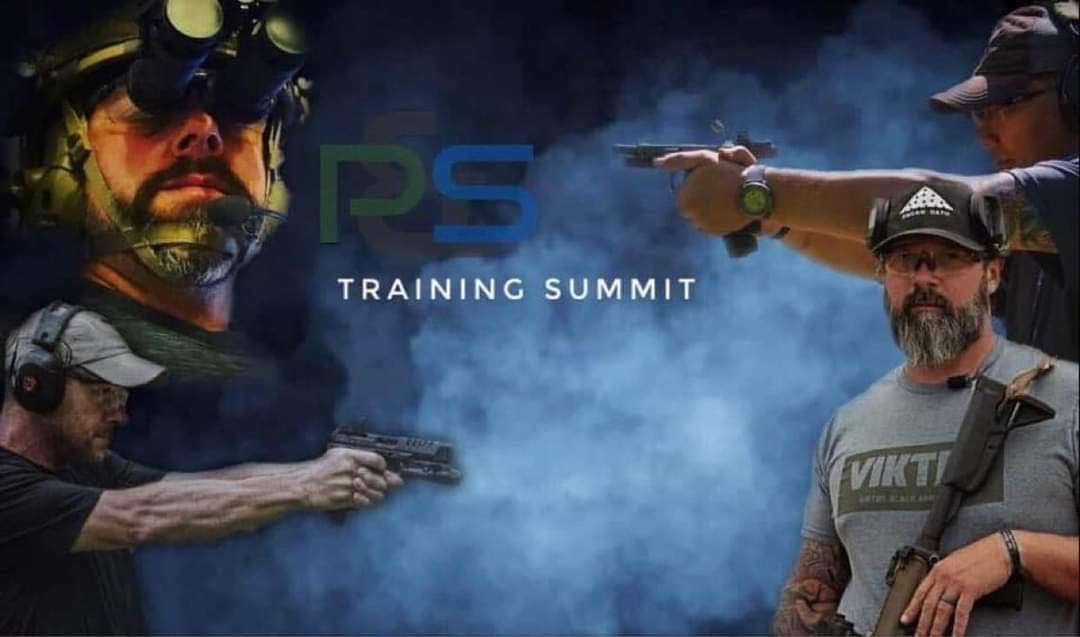
Instructor Roster and Block Descriptions
(changes may occur):
Chad Albrecht – Lecture: Learn about how to navigate the world of AR15s. Everything from hobby to professional use standards and how to select them. Includes micro armorer and upkeep.
Bill Blowers – Range: Diagnostic Pistol: Learn ways to improve using refinement through focused drills and documentation. 300 rounds pistol
Darryl Bolke – Lecture: Training Habits of Highly Successful Gunfighters – Range: Backups/Snubbies: Many people carry a snubby or backup, but how many train with them? Increase your effectiveness using these compact weapons with this block of instruction. 200 rounds pistol
Varg Freeborn – lecture: criminal mindset/violence of mind: discuss common misconceptions about criminals and their capabilities. What are they looking for and how do you react?
Chuck Haggard – lecture: Understanding low light and maximizing your light. – Range: Backups/Snubbies: Many people carry a snubby or backup, but how many train with them? Increase your effectiveness using these compact weapons with this block of instruction. 200 rounds pistol
Scott Jedlinski– Range: RDS Life: Learn methods to hone your red dot pistol performance. 300 rounds pistol
Matt Little – Range: Staccato 2011: Try out the new Staccato 201, learn how to use 2011s more effectively, or use your own pistol and learn how to be more efficient. 250 rounds pistol
Mike Mihalski – lecture: Learn about how to navigate the world of AR15s. Everything from a hobby to professional use standards and how to select them. Includes micro armorer and upkeep.
Chuck Pressburg– lecture: NVG/IR use – Range: No Fail Pistol: Focusing on absolute performance melding shooter and weapon. 200 rounds pistol
Jared Reston – Range: 300y Carbine: Patrol rifle or special purpose rifle, you need the skills to engage at distances beyond your pistol. 250 rounds rifle
Mark Smith – Range: Sooner Versus Faster: Faster for most means to rush, in this block Mark teaches methods to maximize efficiency which translates to faster times (pistol or carbine). 300 rounds pistol or rifle

The focus is professional development. Each instructor focuses on their specialty.
Days one and two start early and end late. They are broken into separate blocks with multiple courses and lectures running simultaneously along with large scale lectures during meal breaks. Day three consists of competition and graded practicals as well as lectures.
Round counts and weapon/equipment needs will be dependent on blocks taken. After signing up for the individual courses you will know how many rounds you will need.
Designated vendor areas and vendor event sponsoring available. Additionally, there are opportunities for vendor demos. This will require vendor registration. Qualifying vendors will have access to a dedicated 25y range for demo purposes and reserved space near that specific range.
Participate in the raffle where several courses from participating instructors, as well as various other items from participating companies that will be available to win. All registered participants have one entry. Additional entries will be available for purchase.
More info can be found at: primaryandsecondary.com/primary-secondary-training-summit-2020
To register: primaryandsecondary.com/store/Training-Competition-Events-c42788867
August 11, 2020 – Fieldcraft Survival Founder Mike Glover conducts a close reconnaissance and surveillance field exercise patrolling into a semi-permissive area, establishing a hide, collecting intelligence on a select target group and then engaging that force.
Fieldcraft Survival Founder Mike Glover conducts a close reconnaissance and surveillance field exercise patrolling into a semi-permissive area, establishing a hide, collecting intelligence on a select target group and then engaging that force.
Fieldcraft Survival exists to prepare both professionals and citizens for worst case scenarios through education, training, and equipment development. The Company’s instructors are all combat veterans drawn from US Army Special Forces, MARSOC, Navy SEAL teams, and law enforcement counter-narcotics units with years of experience under their belts.
Learn more about Fieldcraft Survival at www.fieldcraftsurvival.com
IG www.instagram.com/fieldcraftsurvival
FB www.facebook.com/fieldcraftsurvival
iTunes podcasts.apple.com/us/podcast/fieldcraft-survival/id1187664795
Soundcloud soundcloud.com/fieldcraftsurvival
Learn more about BCM at bravocompanymfg.com
Mission Spec has released another shooting drill. This one is called the Slip Line Rifle Drill.
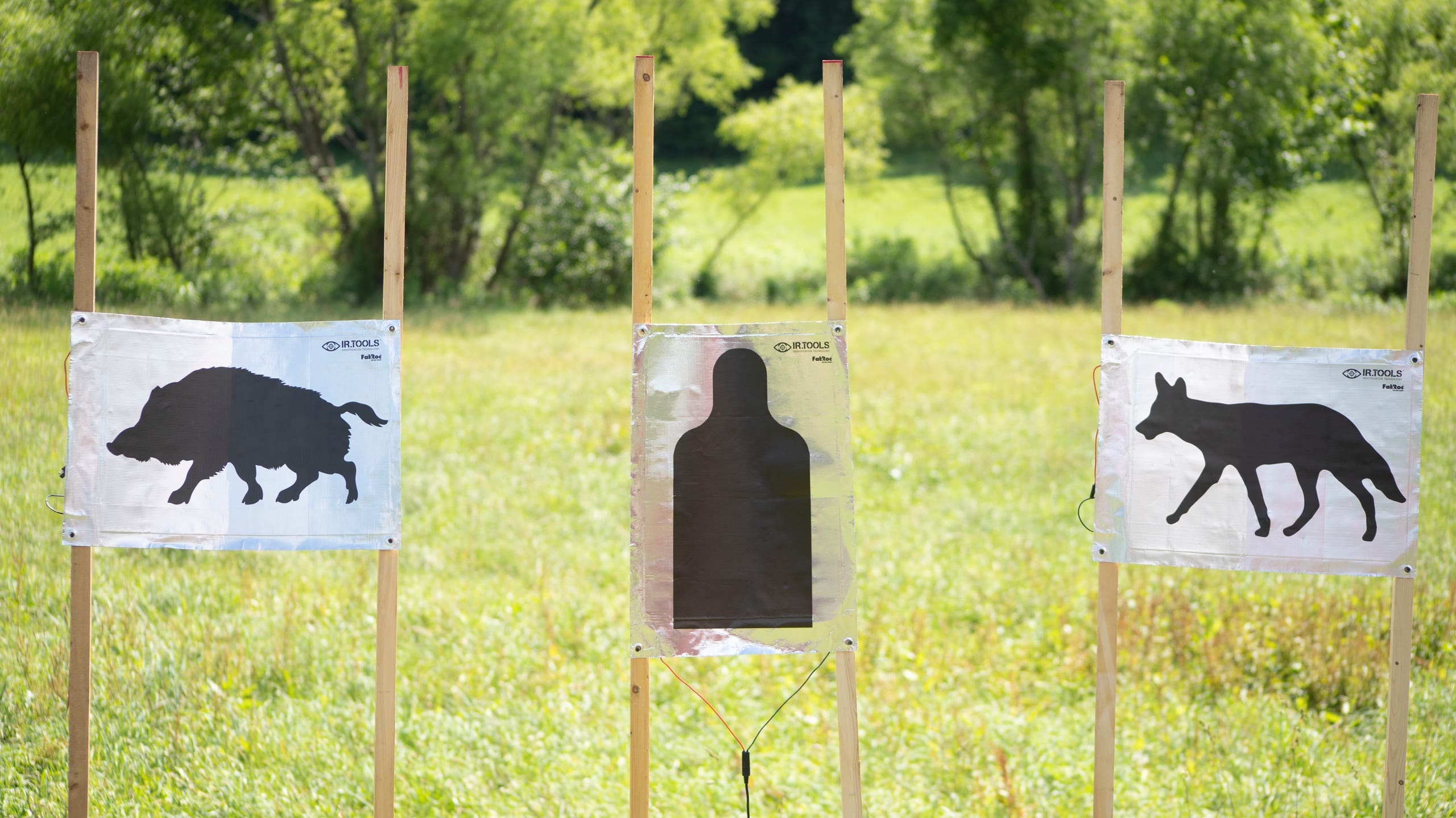
CROFTON, MD – June 29, 2020 – Established in 2006, IR.Tools, a leading provider of IR (infrared) protection for the Military and Law Enforcement, first offered a ¾” infrared patch sewn on every military uniform in the United States. Shortly after, they became a leading provider for infrared technology, with passive infrared patches, markers, and shooting targets for night vision and thermal image operations all over the world. Tom Boyer, owner and lead engineer, jumped at the opportunity to add powered targets to his suite of high contrast passive shooting targets.
“We now provide our optics customers a one stop shop for all their thermal targets. Passive or Powered we will service them with a premium thermal target.”
—Tom Boyer, Owner, IR. Tools
This new powered thermal target heated with proprietary Fabroc® technology is nearly indestructible. Constructed with a rubber like material, it has no wires to short circuit from bullet penetration. Powering up on a 12 or 24-volt battery, the integrity of this lightweight, heat-efficient target remains intact for over 500 rounds, with a consistent thermal image and no flaring to disrupt training exercises.
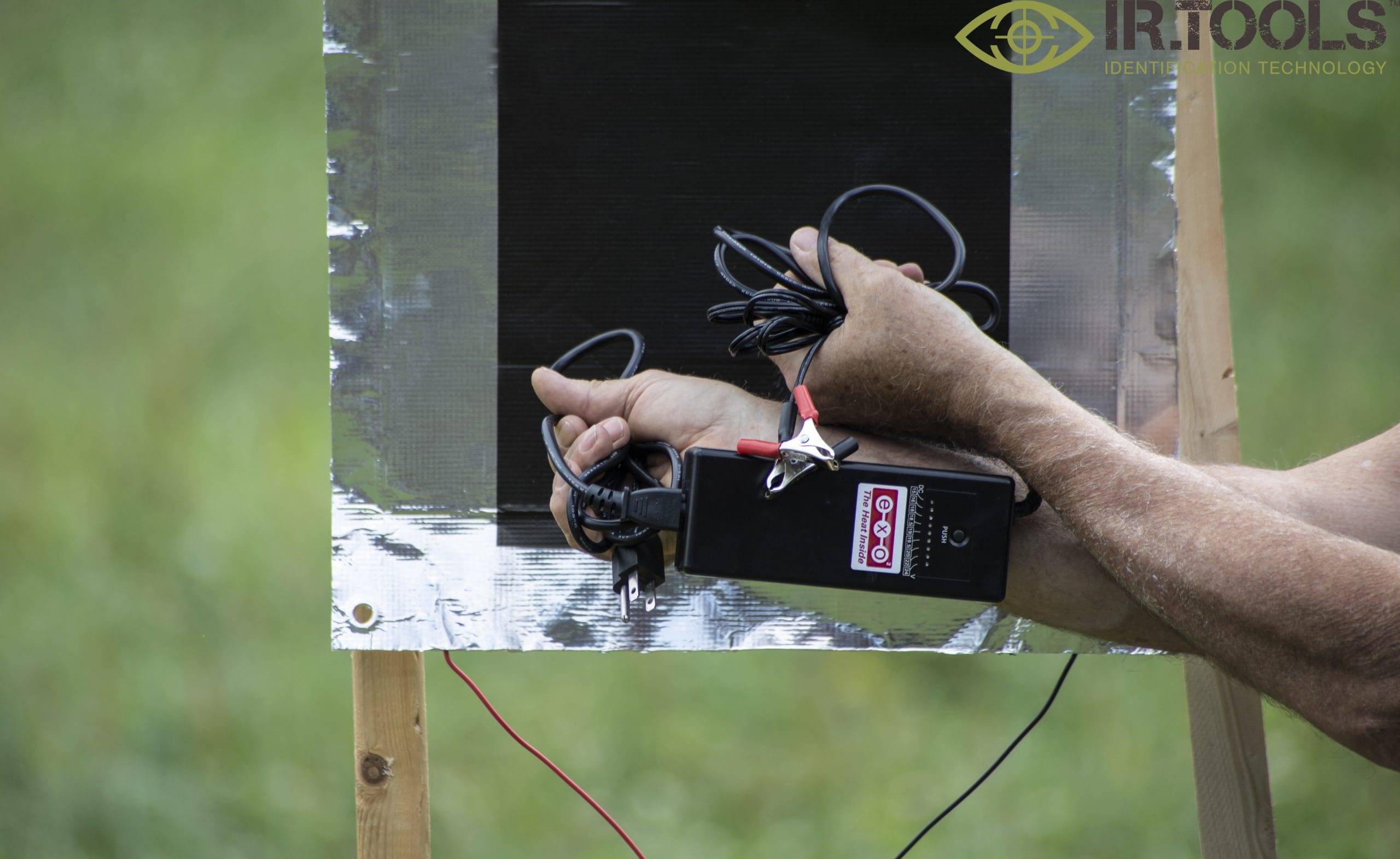
What makes this thermal shooting target so unique is its durability. Fort Bragg, NC, has been shooting at the same Fabroc™ targets for 9-years. And IR.Tools aims to provide this stand-out IR target to the military, special forces, law enforcement, hunters, and recreational sportsmen alike.
“The unmatched number of shots it takes while maintaining a clear, realistic image to shoot is incredible.”
— Range Manger Fort Bragg
Not only are these powered thermal targets necessary for training, but they are easy to use. Their longevity means they are cost-effective. Now you can have a safe powered thermal target that lasts during some of the more complex training options, such as shoot, no-shoot scenarios.
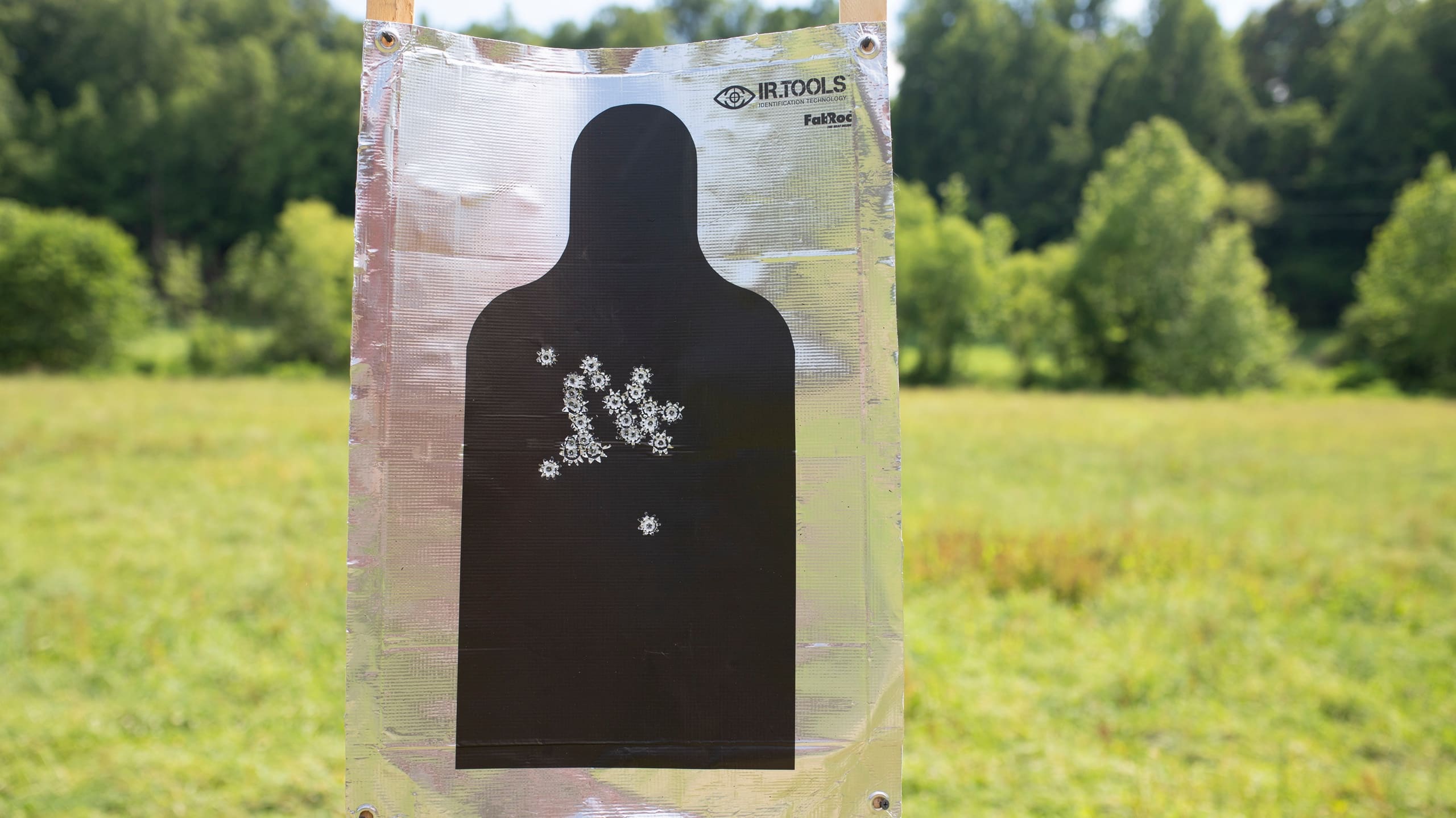
You can purchase the powered thermal shooting target for an MSRP of $60.00 – $90.00 at INV PRO TECH Tools.
Many are using MilSim (or airsoft) for Force-on-Force training purposes. SIG AIR has just introduced their PROFORCE M18 airsoft training pistol. It operates via green gas and operationally mimics the standard M18 Modular Handgun.
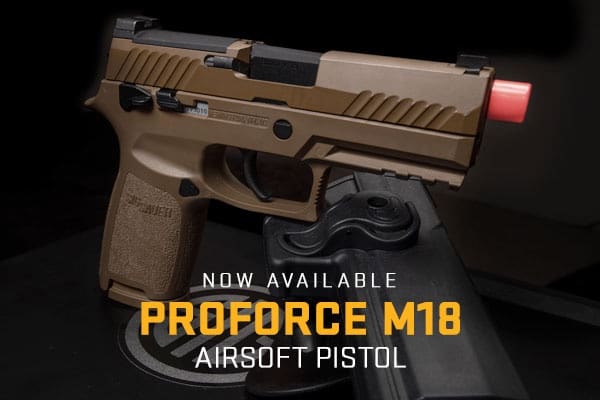
Features:
– Optic Ready Slide with Removable Rear Sight Plate
– Flush Mount Green Gas Magazine
– Field Strippable with Similar Balance and Weight As the Real M18
– Metal Slide Construction with Full Blow-back Action
– (1) 21rd Metal Magazine
– Up to 320fps
www.sigsauer.com/store/proforce-m18-airsoft-pistol-green-gas